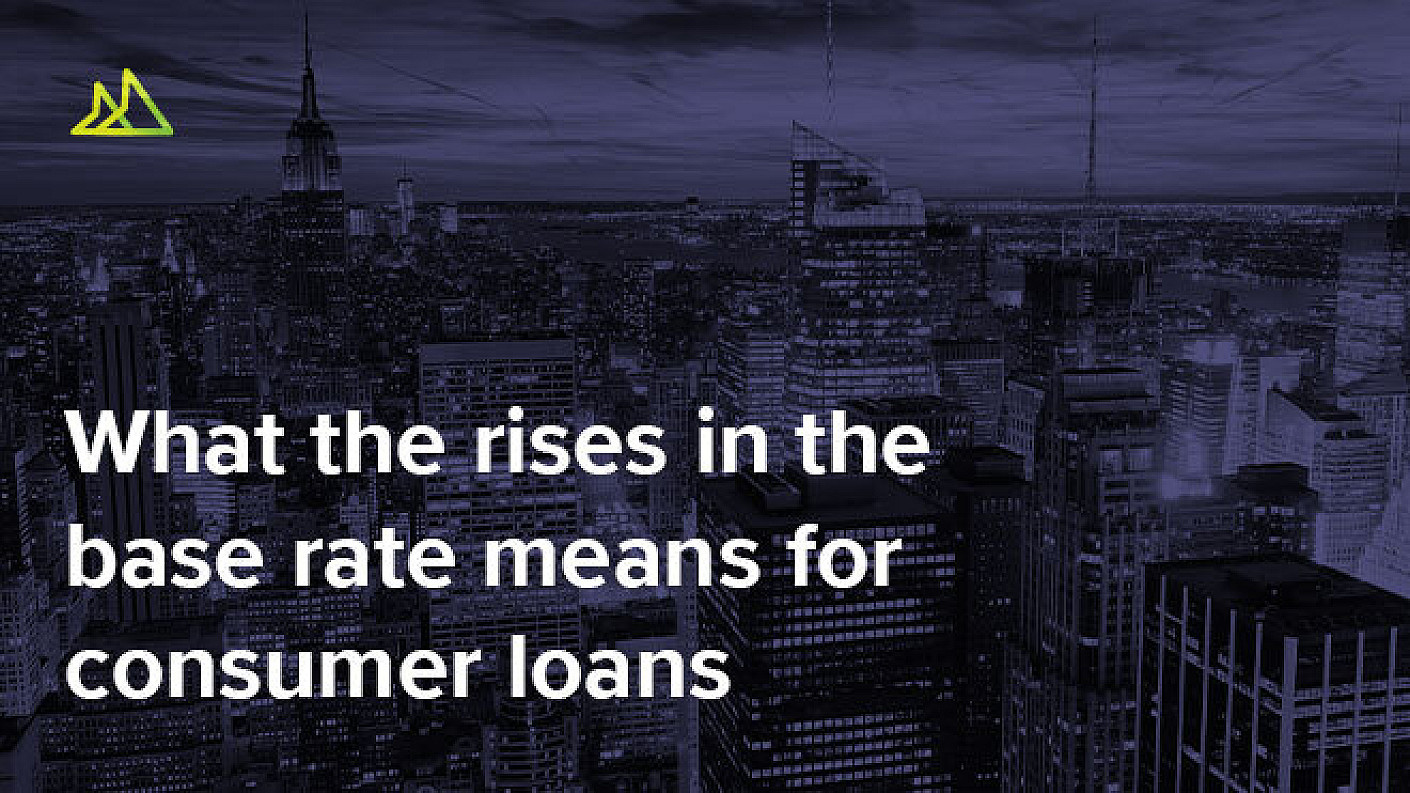Today, the Bank of England raised the interest rate (Bank Rate) once again by another 0.5 percentage points, from 3.5% to 4%. This is the tenth time in a year and the base rate is now at the highest level it has been at in 14 years.
This made us wonder about how loan rates have increased in line with, or at a lower / higher rate than the Bank of England base rate increases and what this means for consumers who have taken out loans.
Monevo has a wealth of data available, via the customer applications and their outcomes that happen through the Monevo platform. Initially we grouped the customers into five buckets with a range of credit score bandings from excellent to poor. We then performed a deeper analysis on the top and bottom cohorts. The top being customers who have an excellent credit score and the bottom being customers with a very poor credit score, to give an example of customer impact on typical loan cost increases.
In November 2021, the cheapest loan available in the market of £7,500 over 5 years for a customer with an excellent credit score would have had an APR of 2.90%. This would equate to a monthly payment of £134.10, equating to a total amount repayable of £8046. This represents the loan with the lowest rate in the market and only available to people with a very good credit profile who lenders assess can afford the loan repayments.
A year later, in November 2022, the APR of the cheapest product in the market had increased to 5.00% meaning the monthly payment would change to £141.15 equating to £8,469 over the 5 years, an increase of £423 over the loan term. In real monthly terms though this only represents an increase of £7.05 per month, so is not as big a hit as people may expect.
If we look at a loan of £2,000 taken out over 2 years in November 2021 for a customer with a very poor credit score, the average APR was 51% making the monthly loan repayments £134.55. Comparing this to November 2022, the average APR increased by 10.5% to 61.5%, a big jump up, with the monthly repayments increasing by just over £12 to £146.71.
Lee Stretton, CIO at Monevo, commented: “Since the beginning of 2022, rates have been trending upwards, particularly in the sub-prime segment. This is down to two main factors, the increases to the Bank of England base rate as well as lenders being increasingly mindful of the affordability of loans as a result of inflation and the cost of living crisis. Lenders are therefore pricing additional risk into their loan offerings and pushing rates up.
He adds, “Base rates have increased throughout 2022 whilst unsecured consumer loan rates for the prime segment with a good credit score remained flat until October and since then have clearly increased. This increase may in part be due to an increase in cost of funds but may also be due to re-pricing for risk. Whilst the increases in the overall loan repayments aren’t catastrophic, they will certainly have an effect on those already struggling with the cost of living.
Therefore, it is worth noting that consumers can potentially offset their increases in cost of living by consolidating their financial commitments into a consolidation loan. This type of loan, although not available to everyone, may have lower rates and therefore lower monthly repayments than their existing commitments. Now is a good time to do a self financial health check and assess the options available.”
Source: Bank of England. Last update: 2nd February 2023




